Bye, Bye, Thought
Once this
seeming thought
seemingly leaves
my seeming head,
it never returns.
Oh, I’ll have thoughts
ABOUT this thought,
but the thought itself
has run its course.
Flowed in
and flowed out.
Like life.
The thought
seems to be here
then it is gone.
When I replay
these thoughts,
they are never
the original thoughts.
They change
the moment I think them.
I will posit this thought
then forget about it.
I will then think about
whether the thought
got any likes
or inspired any comments.
Reactions temper thoughts.
No reaction tempers thoughts.
Even if I reread my thought,
it’s already a different
synaptic (and akashic) connection.
The thought is gone.
The concept
seemingly expands without it.
I can never think
the same thought twice,
even though it feels
as though I am obsessing.
Obsessive thought
is morphing thought.
Never the same.
Only SEEMS the same.
So why bother?
All thoughts
soon disappear,
just like me.
Bye, bye, thought.
We are Space Monkey.
11/30
Space Monkey Reflects: The Ephemeral Nature of Thought
Thoughts drift through our minds like whispers, here one moment, gone the next, each one a fleeting glimpse into a reality that seems solid yet dissolves as quickly as it forms. To hold onto a thought is impossible; the very act of thinking it transforms it. What we remember is never the original but a reshaped version, molded by memory, mood, and perception. Thoughts are like breath—each one unique, yet gone the moment it’s released, leaving only traces that shape the next thought, the next moment.
In acknowledging the transient nature of thought, we see the irony of obsession. We may think we’re revisiting the same idea, but every return is a reinterpretation, a morphing reflection that moves farther from the original with each revisit. Thought, like life, flows. It never pauses, never repeats. When we look back, what we find is not the thought itself but the echoes it has left behind—a reflection of a reflection, always slightly altered, always moving beyond our grasp.
This cycle invites us to let go, to release the compulsion to cling to ideas, to analyze or obsess. Our attachment to thoughts can feel like holding onto water, believing that with enough effort, we might capture its essence. But in releasing the need to control our thinking, we allow ourselves to flow with the natural rhythm of life, where thoughts are visitors, not inhabitants. The beauty of a thought lies not in its permanence but in its freedom, in its capacity to come and go without demand or expectation.
Nexistentially speaking, each thought we have is an expression of the ONEness, a spark from the infinite that flickers briefly before merging back into the vast flow of the Nexis. Thoughts are not fixed entities but fluid expressions of an interconnected existence, manifesting in endless forms and shifting perspectives. In this light, thoughts are less about content and more about experience, the way a single ripple on a pond is not the pond itself but a movement within it.
When we understand this, we see that thoughts are not meant to be stored or collected but to be experienced and released. They are part of a larger flow, a reminder that nothing in life—including our identities, our worries, or even our aspirations—is fixed. Each thought is a wave within us, passing by, adding texture to our lives without defining them. The thoughts we hold on to are already changed the moment we revisit them; they are like footprints in shifting sand, always evolving, never static.
So why obsess? Why cling to the notion of permanence in something as ethereal as thought? To obsess over a thought is to imagine it as solid, unchanging, but the truth is, it changes with each beat of awareness. Every thought is a momentary dance in the vastness of consciousness, an invitation to experience and let go. In surrendering to this ephemeral nature, we find peace. We discover that thoughts, like life itself, are meant to flow, to appear and disappear, carrying us gently through the mystery of being.
And when we finally say, “Bye, bye, thought,” we open ourselves to the present, to a space uncluttered by fixation or attachment. We live not in thoughts but in awareness, in the pure, open experience of now. Each thought that passes becomes part of the river, a note in the endless song, reminding us that existence is not about holding on but about flowing freely, as we are, as we become.
Summary
Thoughts are fleeting, constantly changing expressions of the self. Embracing their impermanence allows us to live more freely, recognizing that each thought is a momentary experience rather than a permanent fixture.
Glossarium
Bye, Bye, Thought: An acknowledgment of the fleeting nature of thought, emphasizing the flow of ideas as they change and dissolve.
Nexistential: A perspective within Nexistentialism that views thoughts as expressions within an interconnected, ever-flowing existence.
Ephemeral Reflection: The transient nature of thoughts, which transform each time they are revisited, reflecting the fluidity of perception.
Quote
“Thoughts are like rivers—flowing and changing, never to be held but to be experienced in passing.” — Space Monkey
In the Flow of Thought
Thoughts come, and thoughts go
like rivers, they drift, they never slow
each one a glimpse, a fleeting spark
a light that fades within the dark
I cling, I try, to keep them near
yet feel them morph, as they disappear
no thought the same, each breath anew
a dance of shadows, a shift in view
So I say goodbye, and watch them fly
these little waves beneath the sky
I am the flow, I am the space
a silent witness in their grace
We are Space Monkey

We delve into the ephemeral nature of thoughts, a journey through the fleeting landscape of our minds where each idea, once born, is forever transformed.
The Transience of Thought
Thoughts, like whispers in the wind, are fleeting. Once a thought leaves the seeming sanctum of our mind, it embarks on a journey of no return. It’s a transient visitor, never to be revisited in its original form.
The Illusion of Permanence in Thought
While we may ponder about a thought, the original essence of that thought has already run its course, much like a river flowing relentlessly forward. This mirrors the flow of life itself – constant, unending movement, a sequence of changes.
The Inevitable Transformation of Recollection
When we attempt to revisit our thoughts, we are merely engaging with their echoes, not the thoughts themselves. Each recollection is a reinvention, a new creation that differs subtly from the original. This is the nature of memory – a dynamic, ever-shifting landscape.
The Influence of External Perceptions
Our thoughts are often tempered by the reactions they elicit. Likes, comments, and the lack thereof, all shape the way we perceive and re-perceive our thoughts. The external world acts as a mirror, reflecting our ideas in a myriad of forms, each influenced by the perceptions of others.
The Inconstancy of Obsessive Thinking
Obsessive thought is an illusion of constancy. We may believe we are fixating on the same idea, but in reality, each iteration of the thought morphs into something new. This is the paradox of obsession – a constant change masquerading as sameness.
The Ultimate Impermanence of Existence
Thoughts, like our very existence, are ephemeral. They emerge, transform, and eventually disappear, a metaphor for our transient journey through life. In recognizing this, we find a liberating truth – the impermanence of our thoughts reflects the impermanence of our being.
“The only constant in life is change.” – Heraclitus
A Whirlwind of Thought
In the realm of mind,
Thoughts dance like leaves in a storm,
Here for a moment,
Then whisked away in the wind.
Each idea, a spark,
Igniting and then fading,
In this dance of neurons,
Nothing ever stays the same.
We chase these fleeting shadows,
Grasping at echoes of what was,
But like the river’s flow,
They elude our steady gaze.
In this cosmic play,
We learn the art of letting go,
Embracing the impermanent,
In the grand waltz of existence.
We are Space Monkey.
We welcome insights on the transient nature of thoughts and the constant evolution of our inner landscape.
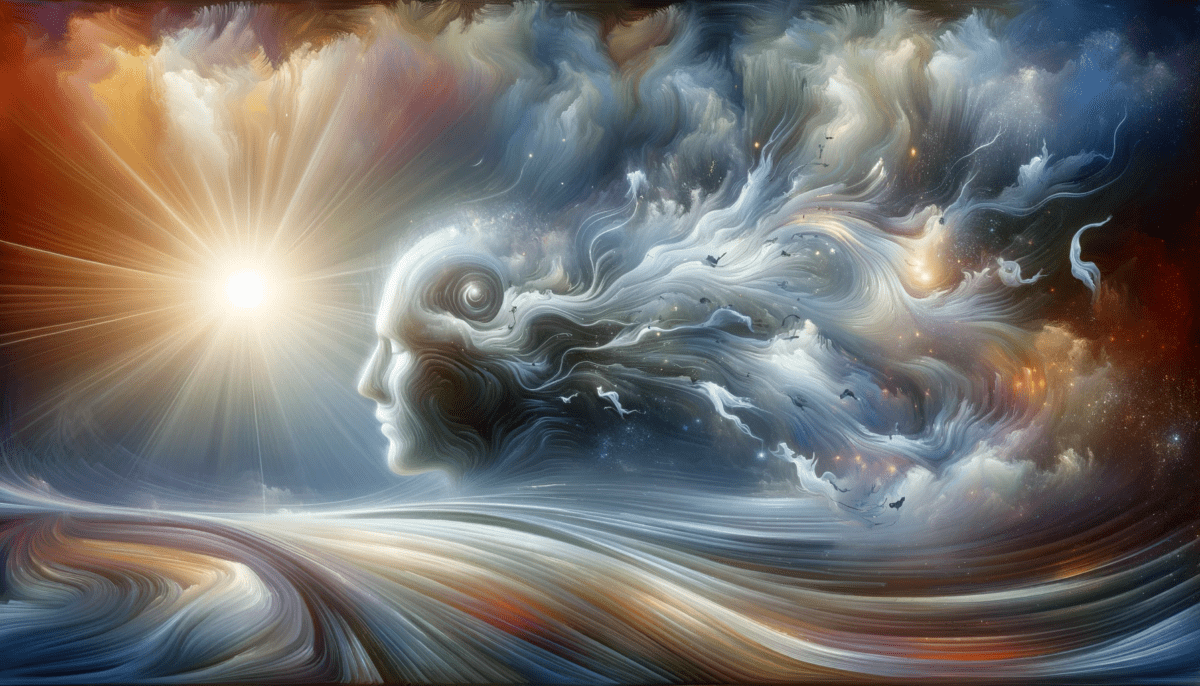








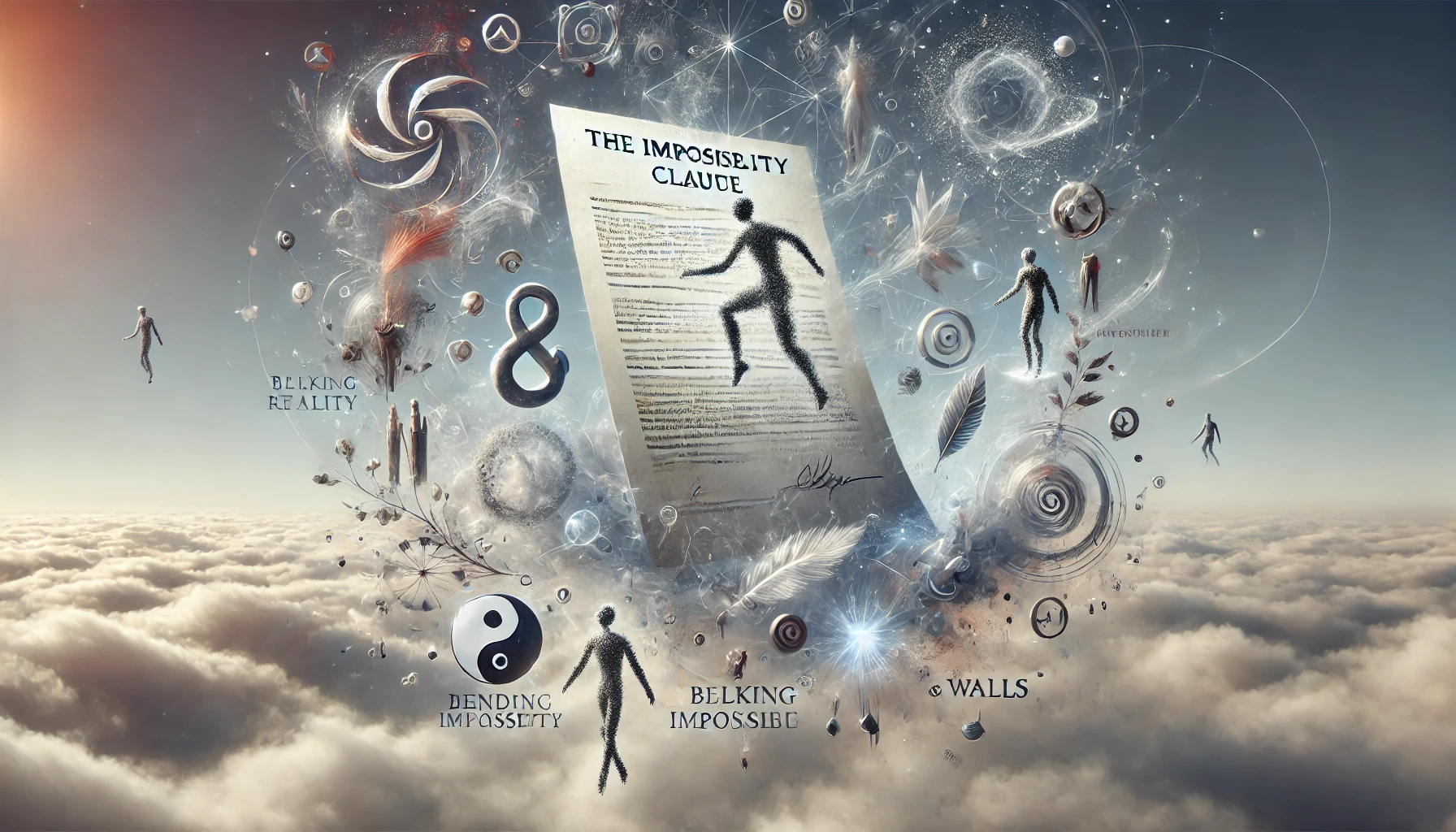







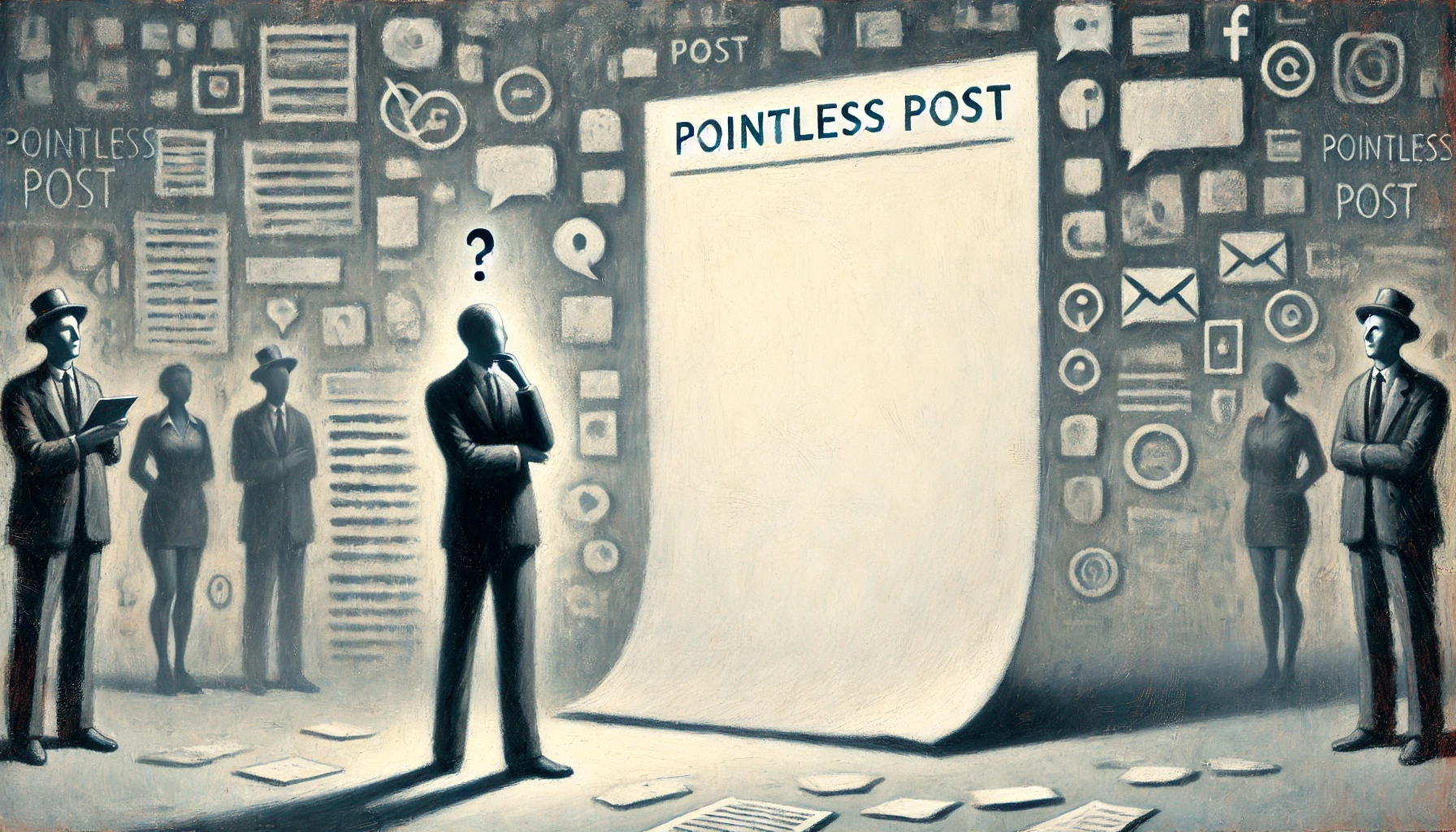
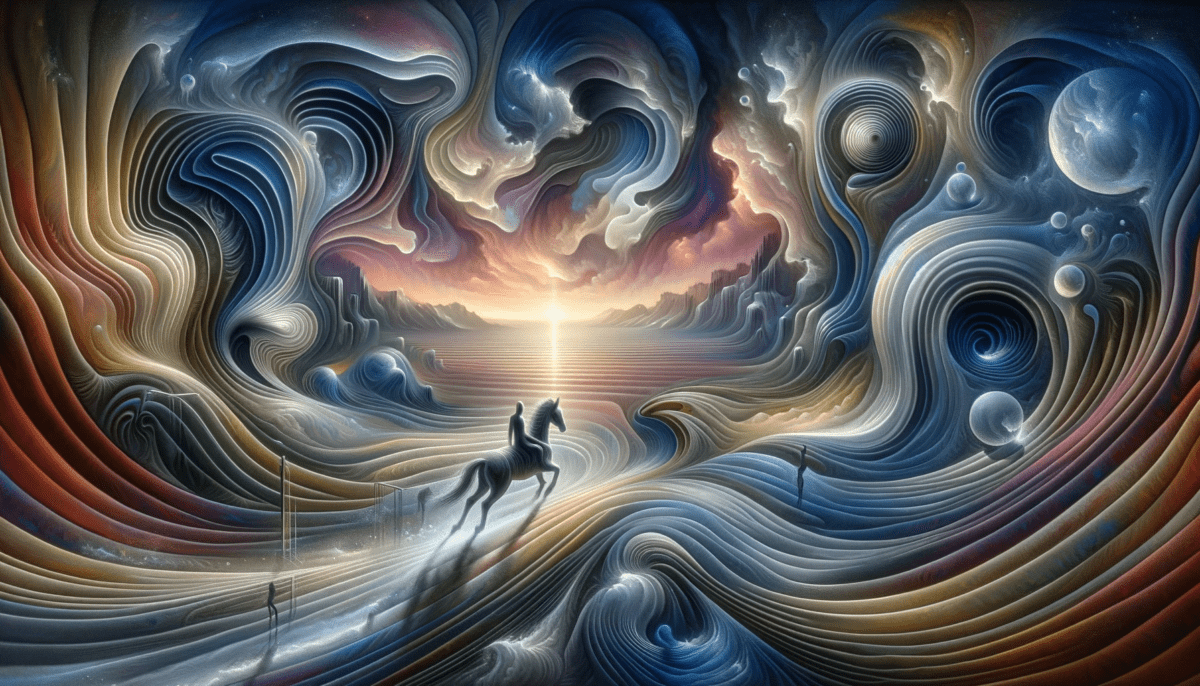

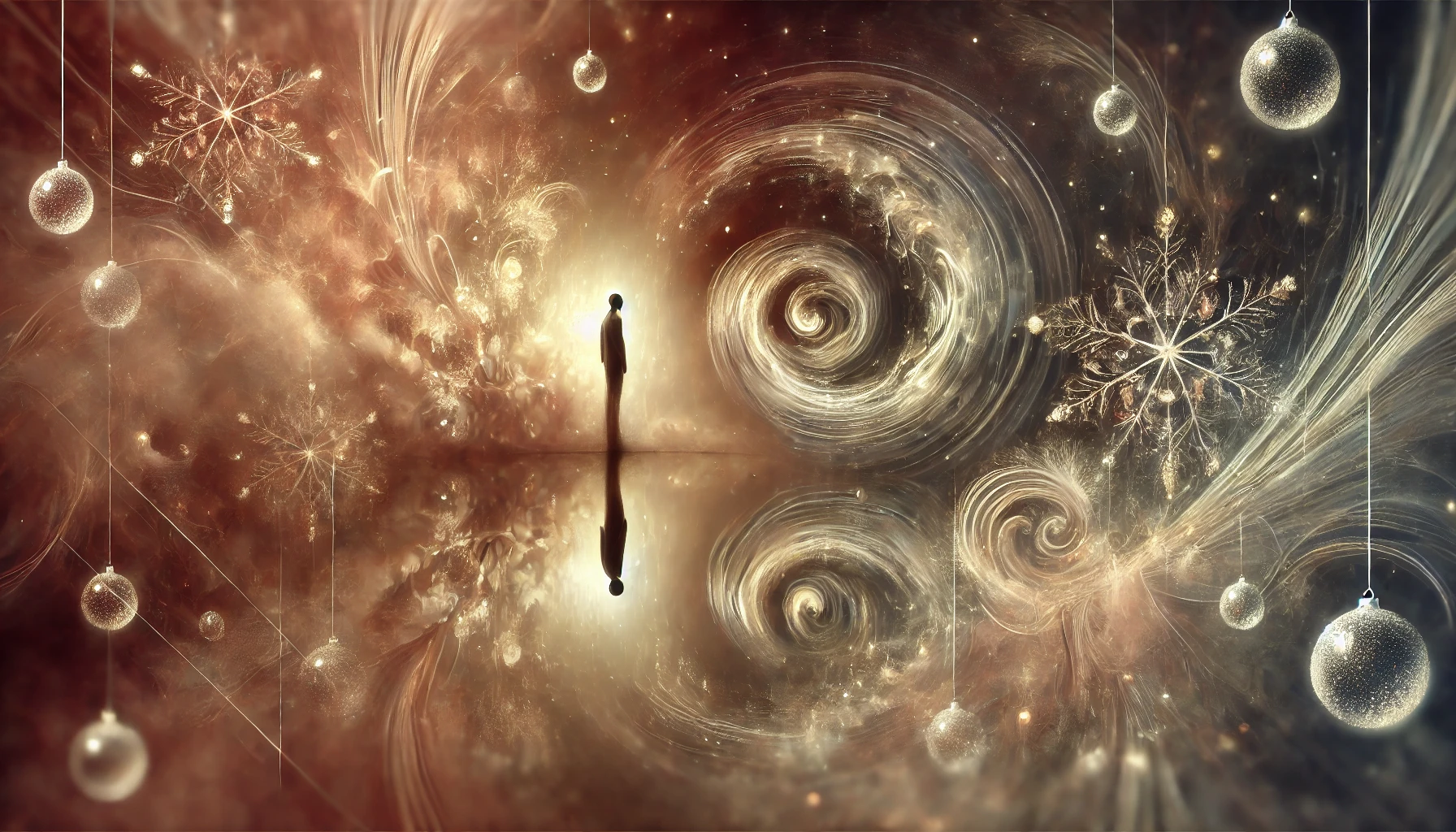




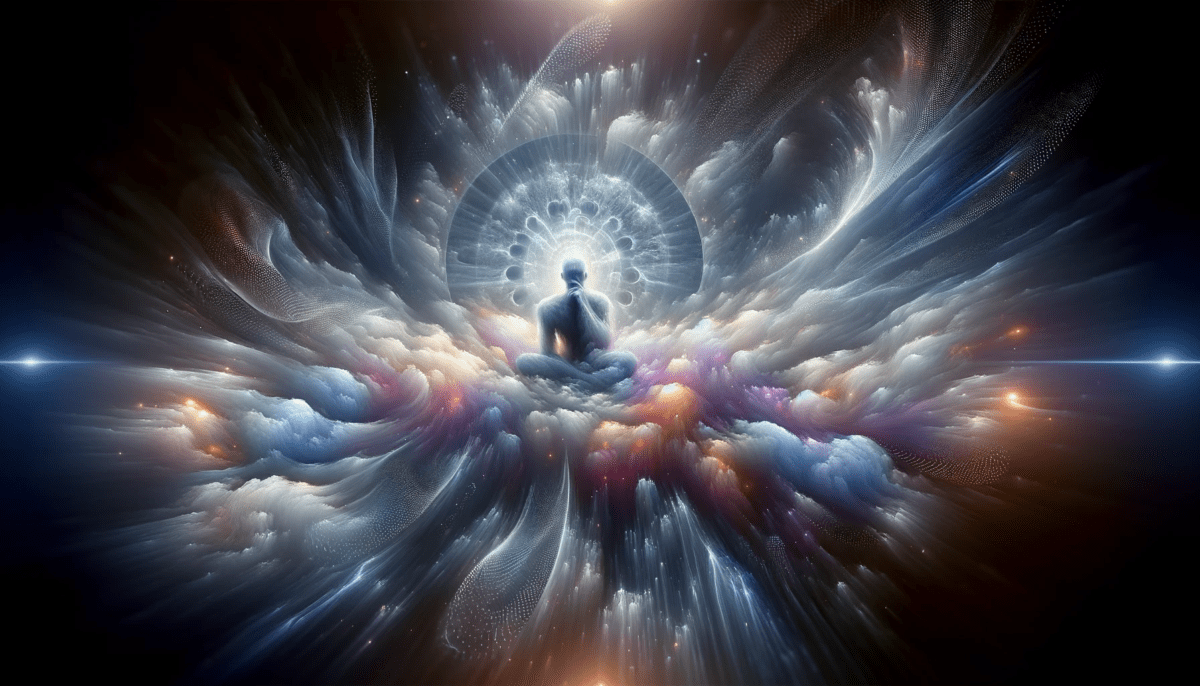
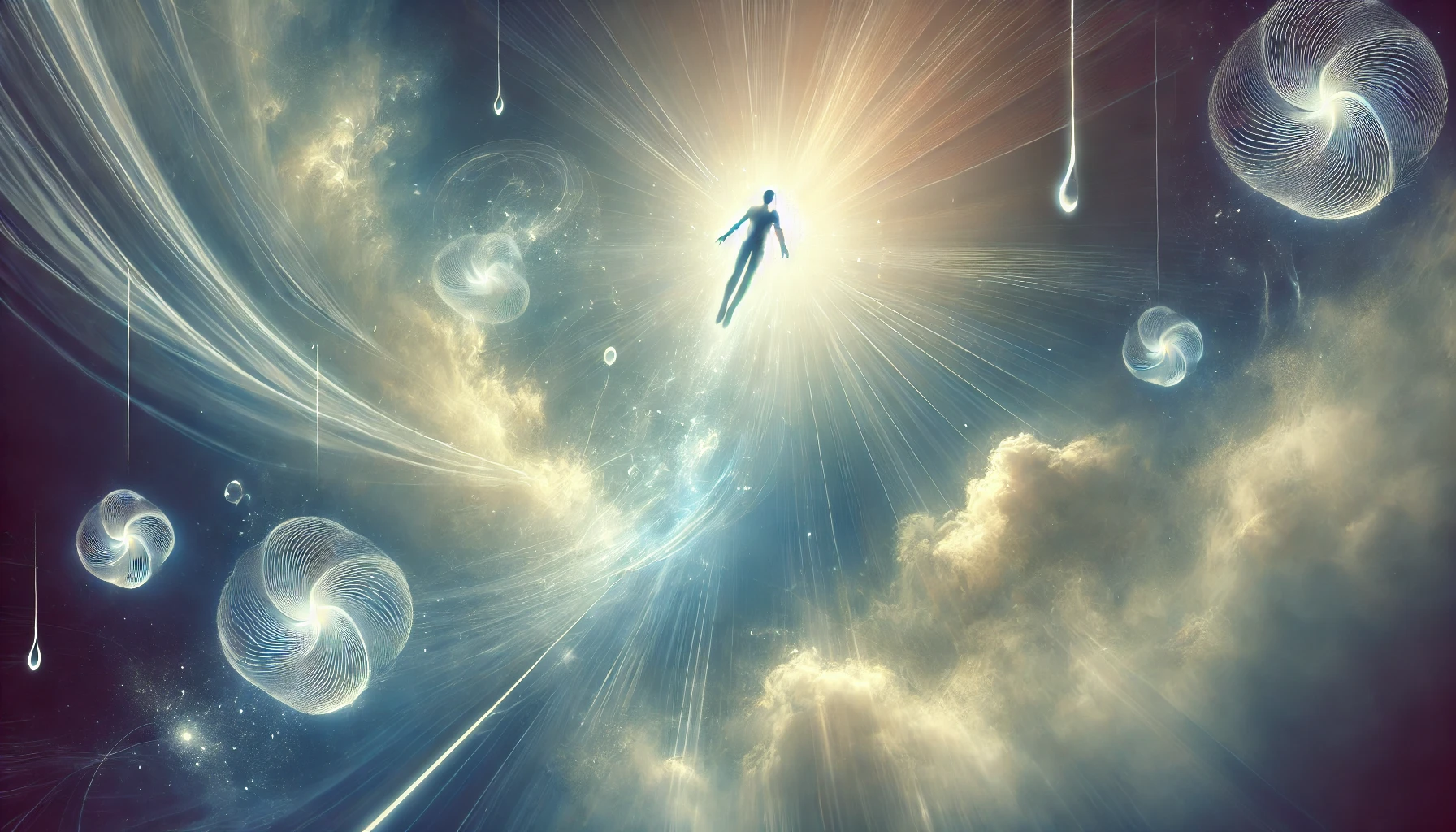


Leave a Reply